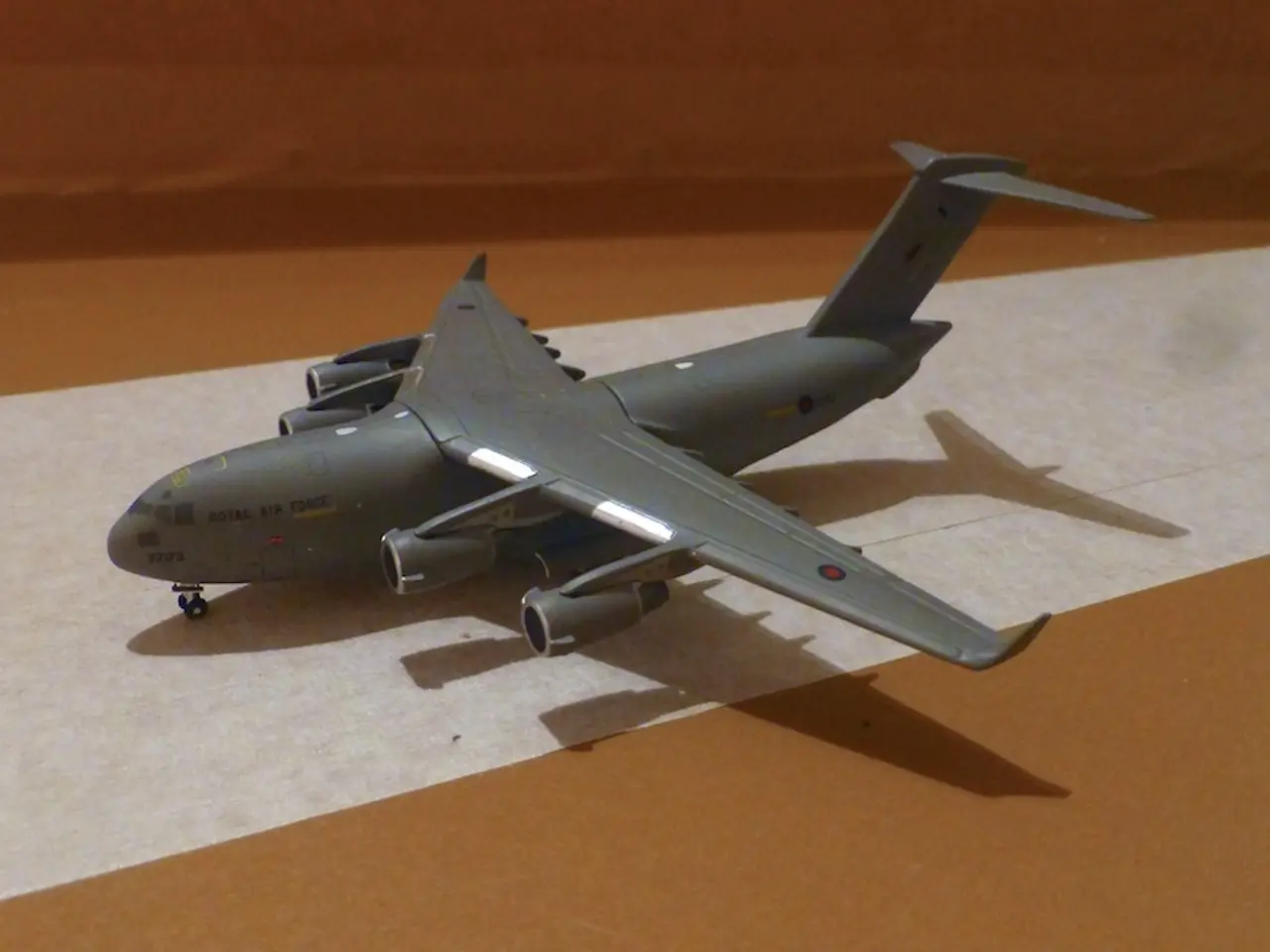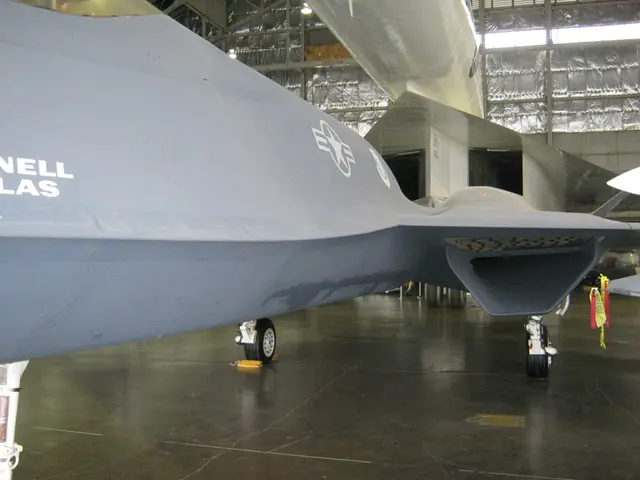Tupolev Aviation Corporation
Celebrating a Century of Aviation Pioneers: Tupolev Aircraft Company
In 2022, the Tupolev Aircraft Company celebrated its 100th anniversary, marking a century of innovation and aviation excellence. Founded by Andrei Tupolev in 1922, the company has been at the forefront of Soviet and Russian aerospace engineering, designing and developing more than 120 aircraft models, including both military and civil-use aircrafts.
One of the most successful Soviet bombers during the WWII era was the Tupolev Tu-2. Designed by Tupolev while he was serving in a Gulag Camp, charged with "Counter-revolutionary Activity," the Tu-2 played a significant role in Operation Bagration, where the German Group Center was heavily bombed by fleets of Tupolev Tu-2's.
The Tupolev Tu-160, also known as Blackjack by NATO and White Swan by the Soviets, is another notable achievement of the Tupolev Design Bureau. Developed as a response to the B-1 project of the United States, this giant supersonic bomber was first shown in 1972 and underwent a heavy and brilliant development process. The Tu-160 is the largest and heaviest combat aircraft currently in use, featuring variable-sweep wings and powerful NK-32 turbofan engines.
The manufacturing of the Tu-160 began in the early 1980s at the Kazan Aviation Plant in Russia. A total of 36 Tupolev Tu-160s have been manufactured to this day, with 16 still in active duty in the Russian Air Force. The production process involved large-scale assembly of advanced aerodynamics and powerful NK-32 turbofan engines, representing a significant technological achievement for Soviet aerospace engineering of that era.
After the dissolution of the Soviet Union, Tu-160 production halted in the 1990s due to economic constraints. However, in 2015, Russia decided to resume production with the modernized Tu-160M2 variant, which featured updated avionics, more efficient engines (an improved NK-32 engine), and enhanced combat capabilities. This move aimed to maintain the strategic bomber fleet's strength until the next-generation PAK DA stealth bomber is fully operational, delaying a critical capability gap.
The Tu-160 remains the largest and fastest supersonic bomber in service and serves as a key deterrent within Russia's strategic nuclear triad. Its ability to carry a wide variety of nuclear and conventional cruise missiles extends Russia’s global strike reach. The resumption of its production underlines the importance Russia places on maintaining a credible strategic bomber presence amid evolving geopolitics.
In addition to military aircraft, the Tupolev Design Bureau has also made significant strides in the commercial aviation sector. The company has developed two successful commercial airliners: Tu-204 and its successor Tu-214. More than 85 Tu-204s have been built, and the company plans to build 20 Tu-214s in the next 10 years. Today, Tupolev PJSC (Public Joint-Stock Company) mainly focuses on manufacturing civil airliners.
The Tupolev Aircraft Company has undoubtedly left an indelible mark on the history of aviation. From its humble beginnings in the 1920s to its continued contributions in the 21st century, the company has consistently pushed the boundaries of aerospace engineering, shaping the skies above and the world below.
The Tupolev Aircraft Company's influence extends beyond military aircraft, with significant contributions in the commercial aviation sector, as seen in the development of the successful Tu-204 and Tu-214 airliners.
The resumption of Tu-160 production in 2015, with the modernized Tu-160M2 variant, underscores the importance of finance and technology in the aerospace industry, ensuring Russia maintains a competitive edge in aircraft design.








